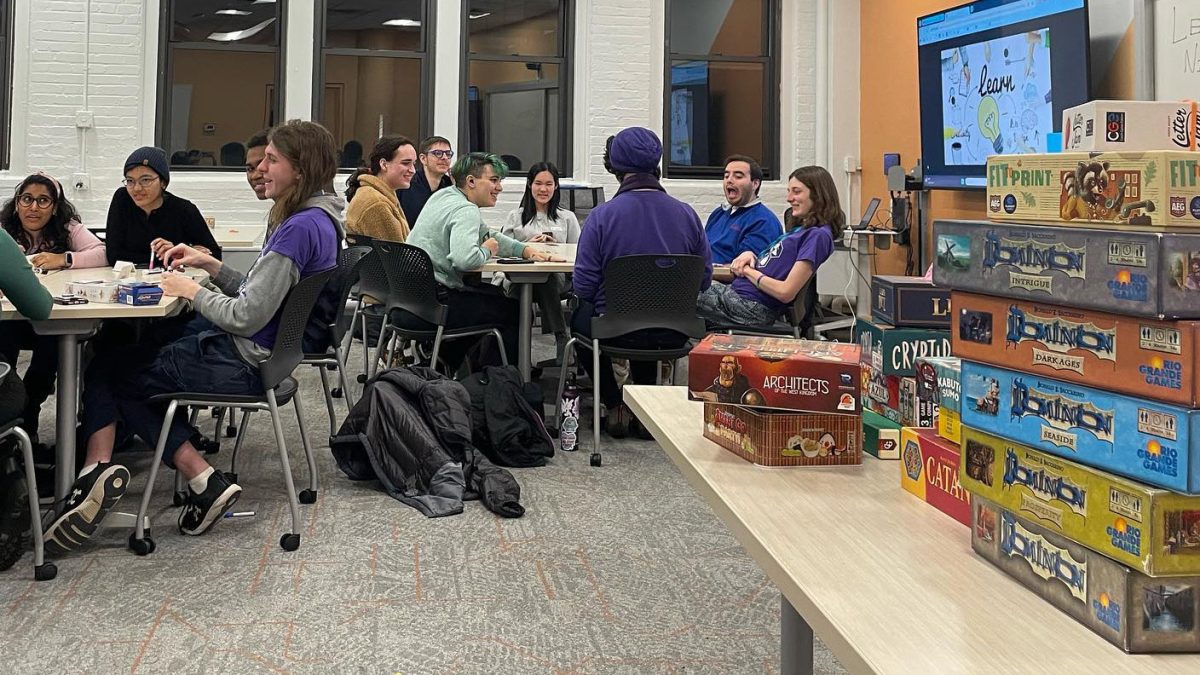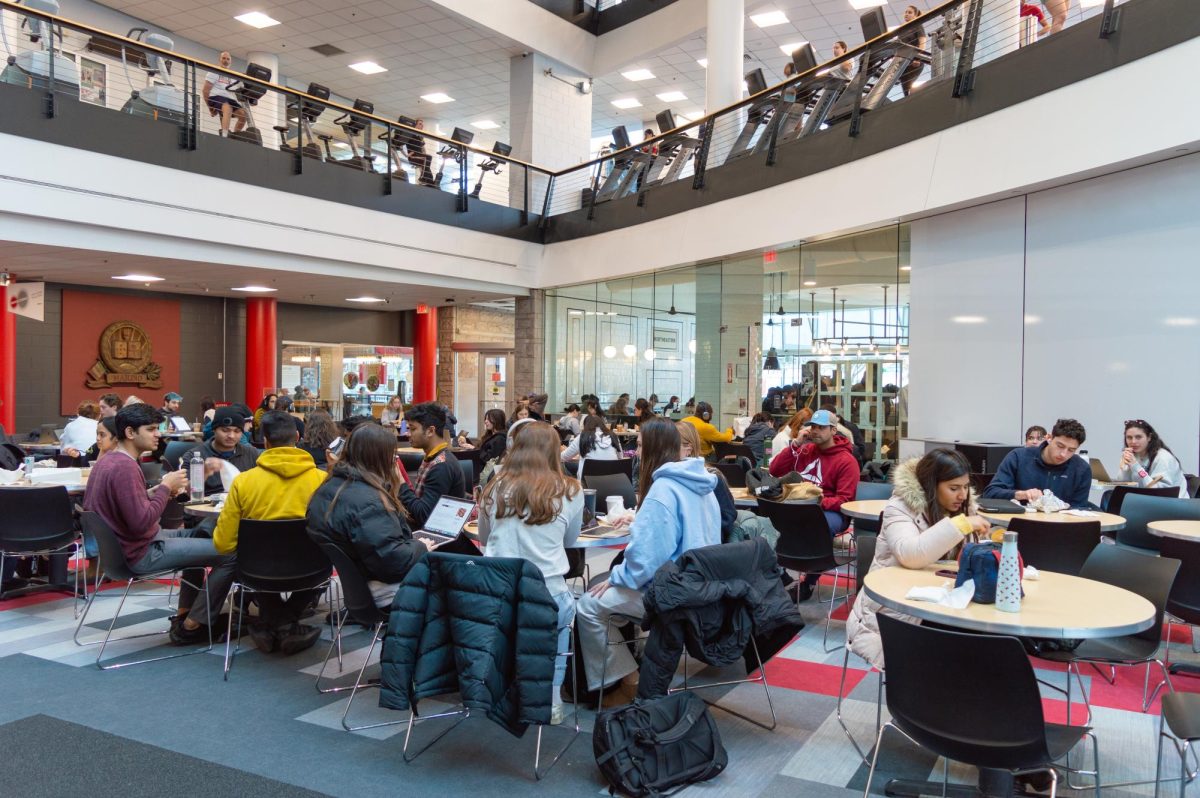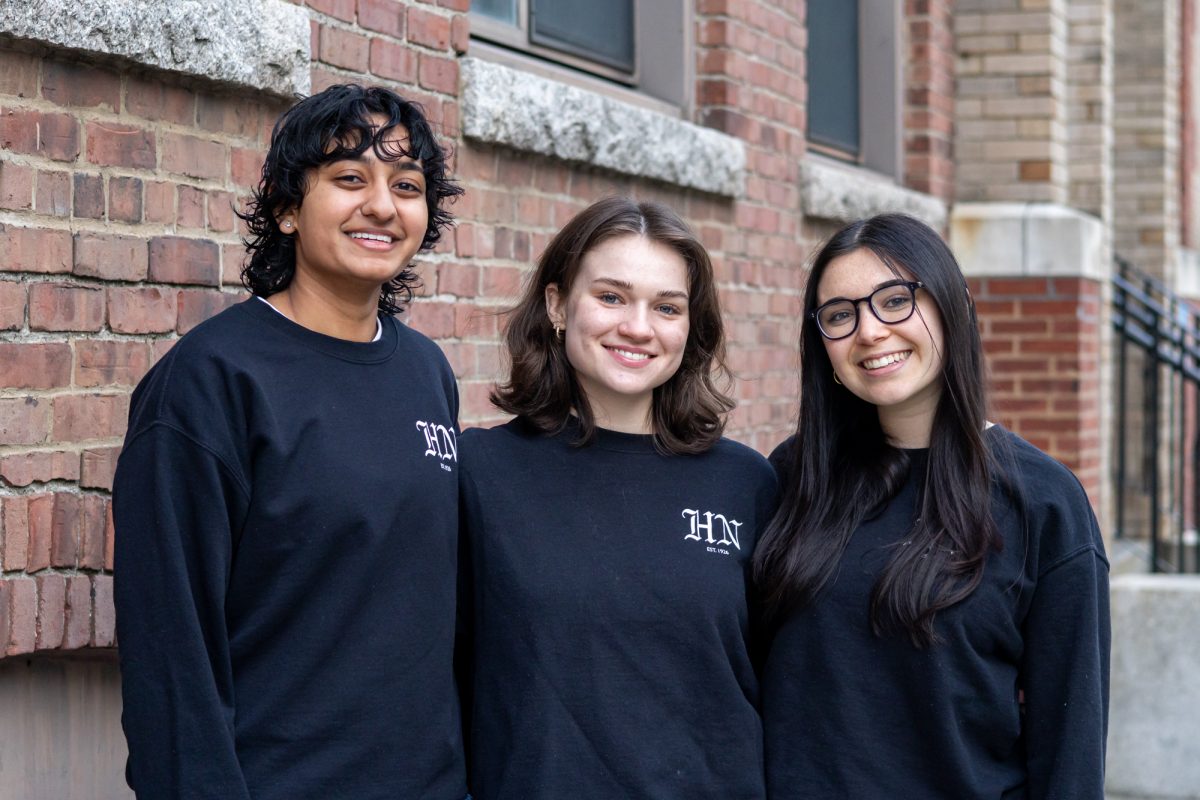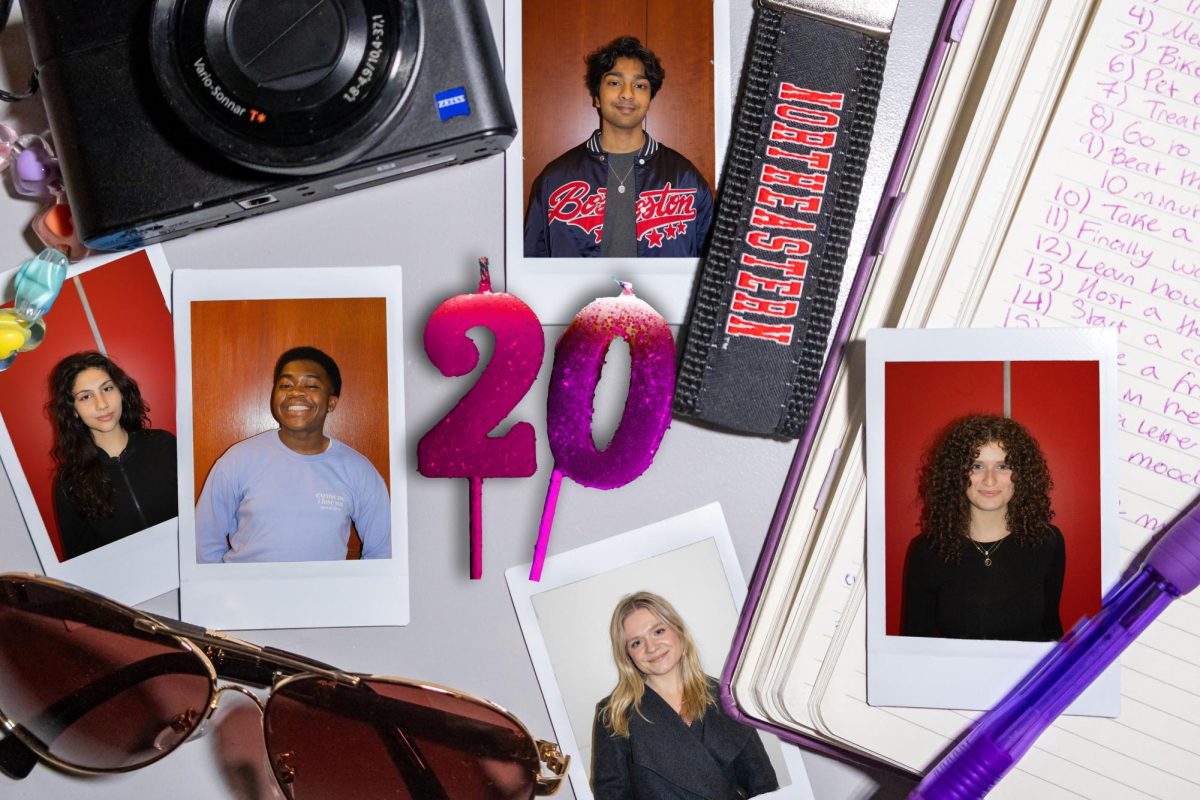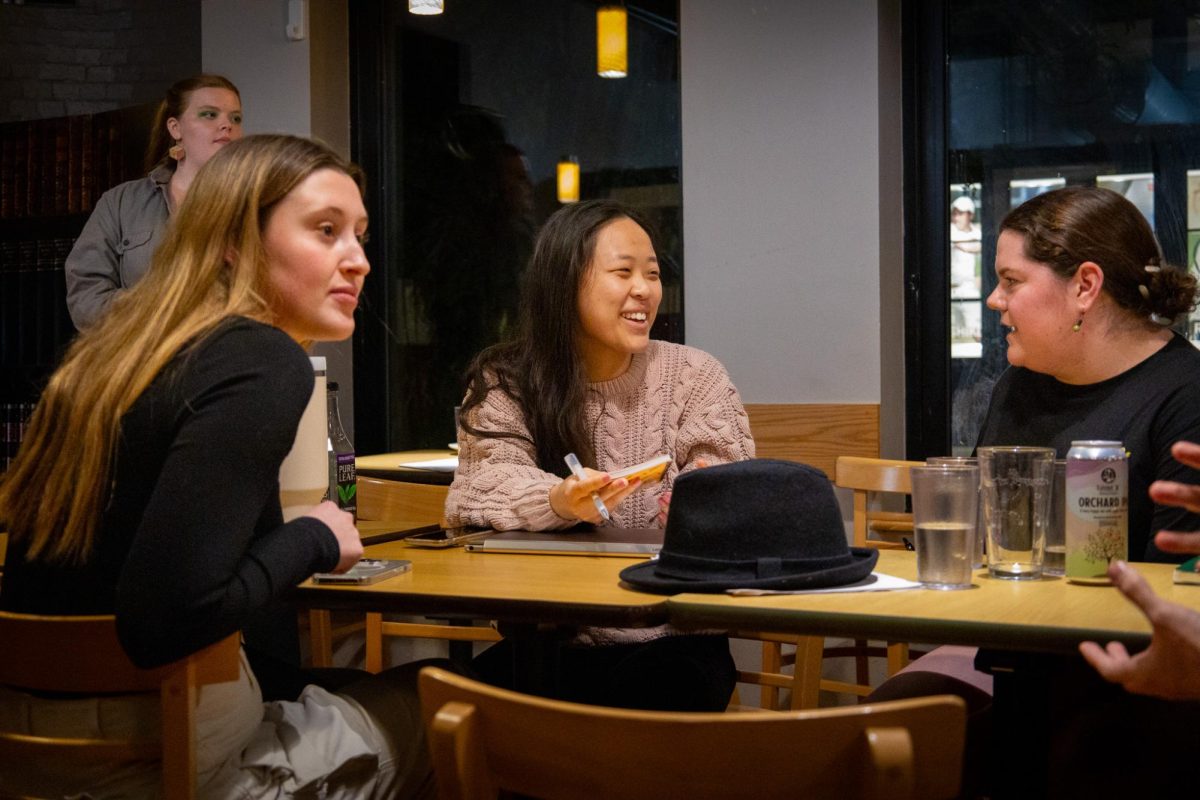In a few weeks, Northeastern will open the doors to its new residence hall, International Village, where students will find a 240-square foot mural painted by acclaimed street artist Shepard Fairey.
At first glance, this seems exciting. Fairey’s career is often celebrated, as he’s the man behind the iconic Barack Obama ‘HOPE’ posters that debuted during the president’s campaign last year, and his exhibit, ‘Supply & Demand,’ has been the main attraction at Boston’s Institute of Contemporary Art since opening Feb. 6. His ‘OBEY’ sticker campaign circulated the world, and his graffiti-style work is painted and stuck onto buildings throughout the city.
Despite his success, Fairey was arrested by Boston Police Feb. 6 for that work because, according to police, it defaced public property. Bostonians immediately debated the charges:’ is Fairey’s work art or crime? The jury was split, but many missed the larger picture:’ is Fairey’s art plagiarism?
Critics say much of Fairey’s work is, at best, generously borrowed and, at worst, copyright infringement. The Associated Press (AP) took out a lawsuit against Fairey in February because the artist based his Obama ‘HOPE’ image on an AP photo.
Fairey claimed fair use, and while some disagreed ‘- including Boston Globe cartoonist Dan Wasserman ‘- others, like Northeastern journalism professor Dan Kennedy, said the artist had a case. Kennedy said in an e-mail posted on Wasserman’s blog that Fairey was ‘covered by the fair-use exception for transformative works.’
Fair enough for Fairey, but the accusations get worse. Fairey often manipulates art like he did with the AP’s Obama photo, claiming the viewer will understand the reference to the original piece. But artist Mark Vallen, who published an online critique of Fairey in December 2007 called ‘Obey Plagiarist Shepard Fairey,’ said much of the work Fairey draws from’ is too obscure for the everyday viewer to recognize, and since Fairey fails to credit the originals, he is essentially passing them off for his own.
In the critique, linked from Wasserman’s blog Feb. 2, Vallen posts convincing examples of the original work Fairey ‘modified,’ followed by pictures of Fairey’s work. The similarities are more than striking ‘- many pieces look like they’ve barely been tweaked.
‘What initially disturbed me about the art of Shepard Fairey is that it displays none of the line, modeling and other idiosyncrasies that reveal an artist’s unique personal style,’ Vallen wrote. ‘His imagery appears as though it’s xeroxed or run through some computer graphics program; that is to say, it is machine art that any second-rate art student could produce.’
Worst of all, perhaps, is that while Fairey can dish it out, he can’t take it back. He contradicted his own beliefs when artist Baxter Orr ‘repurposed’ the Andre the Giant design. Fairey sued, prompting Kennedy to call him ‘the hypocritical Shepard Fairey’ on his blog, Media Nation, Feb. 10.’ (And it doesn’t appear Fairey sued because he needs money. Fairey’s clientele include mega-corporations like Pepsi, according to The New York Times, and autographed ‘HOPE’ posters sold for thousands of dollars on eBay, according to the AP.)
Northeastern’s Academic Integrity Policy says ‘academic dishonesty violates the most fundamental values of an intellectual community and depreciates the achievements of the entire University … Academic dishonesty includes cheating, fabrication, plagiarism, unauthorized collaboration, participation in academically dishonest activities, and facilitating academic dishonesty.’
While Fairey’s mural in International Village is not among his so-called ‘repurposed’ pieces, the argument still stands. Art students must not copy paintings, journalism students must always attribute sources and so on. Why is Fairey any different? An artist who takes the work of others without giving due credit has no place in an academic institution.
As a newspaper, we care about freedom of speech, and we respect that Fairey is opening dialogue and creating his social commentary. But we also strongly oppose plagiarism. Fairey has duped people everywhere into thinking what he does is hip or edgy.’ Sure, his work looks cool and has labels like ‘street’ and ‘underground,’ but he should have given credit where it was due.
As much ‘buzz’ as his career has created, it is unfortunate the university would overlook such convincing attacks on Fairey’s artistic accountability and reputation. We also feel it is important that students know all sides of the Fairey story ‘- not only his acclaim, but the significant accusations he faces, as well ‘- before they marvel at his mural this fall.
Editorial: Unfair Fairey
August 11, 2009
More to Discover


